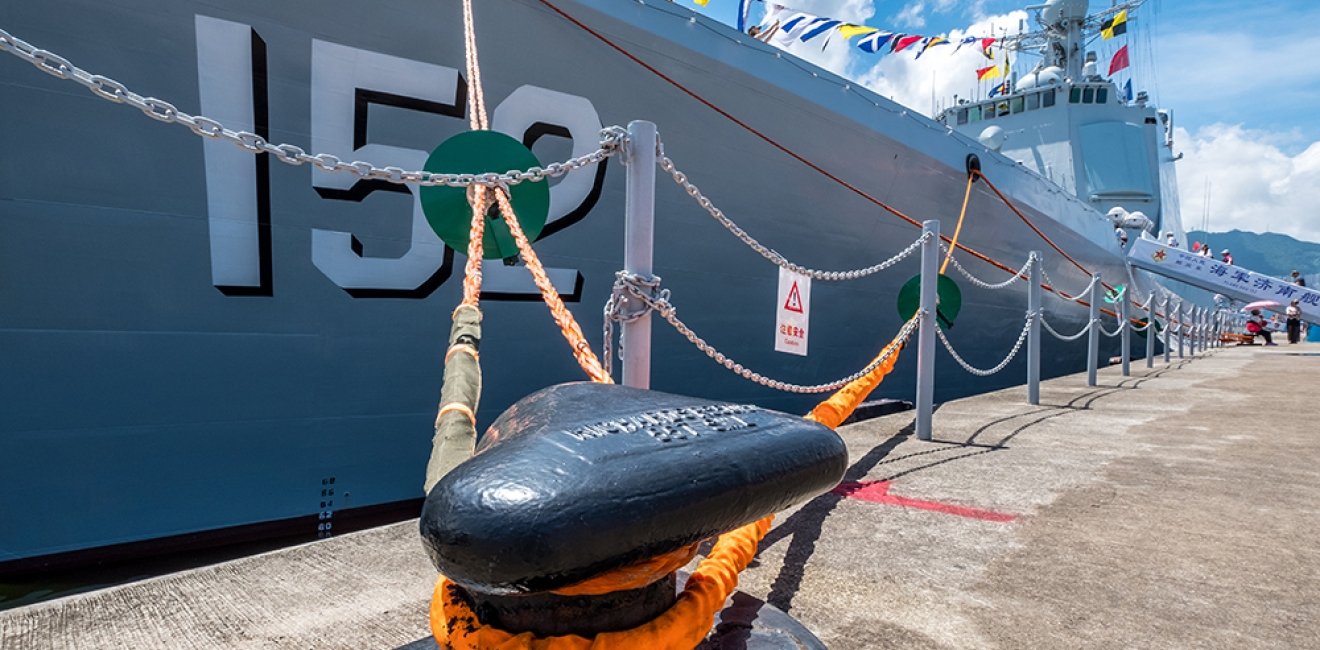
A blog of the Indo-Pacific Program
Over the past few weeks, new details have emerged around a potential Chinese military facility in Cambodia, which could possibly give Beijing its first installation of its kind in Southeast Asia. While the specifics of that development merit attention, as I argue in a new Wilson Center report, it is also just one manifestation of a broader development where Beijing is working to develop its own new defense partnerships in Southeast Asia as part of an effort to reshape the security architecture in the Asia-Pacific. This broader trend deserves emphasis because it has important implications for China’s rise, the alignments of Asian states, as well as the wider regional order.
...Beijing has in fact already begun to make progress on these security partnerships in Southeast Asia, including new dialogues and facilities that are becoming more complex and institutionalized.
In the report, which draws on written Chinese and Southeast Asian accounts as well conversations with officials, I argue that the rise of Chinese security partnerships in Southeast Asia needs to be understood as not just a natural process but as part of wider strategic trends, including Beijing’s effort to develop a China-centric security order and a tendency for regional states to accommodate China’s rise. Beyond potential Chinese inroads such as a base in Gwadar or new arms sales to U.S. allies like Thailand and the Philippines that tend to dominate the headlines, Beijing has in fact already begun to make progress on these security partnerships in Southeast Asia, including new dialogues and facilities that are becoming more complex and institutionalized.
These developments matter not only for Southeast Asia, but also the wider Asia Pacific because they may foreshadow what Beijing has in mind for other subregions and it has important implications for other actors as well, including for the United States in the midst of a more competitive U.S.-China relationship. The report notes that even though both China and relevant Southeast Asian states continue to see opportunities in these partnerships for various reasons – including addressing common nontraditional security challenges and buying cheaper defense equipment – these partnerships deserve scrutiny because they can raise severe strategic challenges. These include those tied to the transparency and exclusivity of these relationships, broader anxieties about Beijing’s current behavior and future intentions, or governance challenges in some Southeast Asian states themselves which have intensified in recent years.
China can do more to address concerns about its intentions with respect to these partnerships as well as how they fit into existing aspects of Asia’s security architecture...
Managing the opportunities and challenges inherent in the rise of China’s strategic partnerships will require actions on the part of policymakers in China, Southeast Asia, as well as other key Asia-Pacific countries. China can do more to address concerns about its intentions with respect to these partnerships as well as how they fit into existing aspects of Asia’s security architecture, including U.S. alliances and partnerships and multilateral and minilateral mechanisms. Southeast Asian governments and publics also need to do their share to ease concerns about these arrangement such as those related to transparency. And the United States and its like-minded allies and partners need to develop alternatives and capacity-building measures for concerned states where possible and, where it is not, have clear and candid conversations with these countries and their publics about the impact that closer security ties with China could have on their own collaboration.
To be sure, all this is easier said than done, and China’s efforts to build strategic partnerships in the Asia-Pacific is still an ongoing process, as revealed in the release of its recent defense white paper last month. But given the trajectory of China’s wider military ambitions and the important implications that the development of a Sinocentric order would have for the wider region, the significance of these incremental steps today and their evolution in the years to come within the calculations of Beijing as well as Asian states deserve the sustained attention of policymakers and analysts across capitals.
Image: EarnestTse / Shutterstock.com
Follow Prashanth Parameswaran, Asia Program Global Fellow, on Twitter @TheAsianist.
The views expressed are the author's alone, and do not represent the views of the U.S. Government or the Wilson Center. Copyright 2019, Asia Program. All rights reserved.
Author

CEO and Founder, ASEAN Wonk Global, and Senior Columnist, The Diplomat

Indo-Pacific Program
The Indo-Pacific Program promotes policy debate and intellectual discussions on US interests in the Asia-Pacific as well as political, economic, security, and social issues relating to the world’s most populous and economically dynamic region. Read more


Kissinger Institute on China and the United States
The Kissinger Institute works to ensure that China policy serves American long-term interests and is founded in understanding of historical and cultural factors in bilateral relations and in accurate assessment of the aspirations of China’s government and people. Read more





